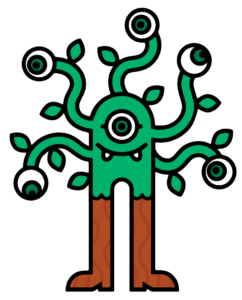by Thomas Kuryura
As our organization grows and matures, we learn not to repeat the same mistakes twice… Ha! If only that were true.
Unfortunately we don’t live in a perfect world; in reality things work rather differently. Especially in agile companies where we are split into multidisciplinary teams, in which we create safe boundaries. Our teams are given responsibility over the product and we create further boundaries, as we expect the team to learn and grow.
Now here’s the problem.
When there are several teams (we have seven), an external observer will start to note some inefficiencies. Example: Team A had a problem six months ago and today Team B have a similar problem. Not exactly the same problem, because we live in a complex world, but similar.
If we had this scenario in a traditional management environment, we would be shouting at the top of our voice: “Coordination problem! We need to hire a coordinator to prevent this happening in the future!”
Another problem that we have been facing is how to address teams that evolve, learn or innovate insubstantially or not at all.
In both these situations the real problem is about perception. Traditional management sees the organization of seven teams as a big machine, which must be well oiled to perform satisfactorily. In this environment, the coordinator or his actions would act as the oil. If the machine doesn’t work properly, then a replacement gear (team or team member) or oil (coordinator) must be found.

In a Management 3.0 scenario, we see the organization differently. We see a living organism; complex, with smaller systems inside, which learn to connect (Jurgen Appelo, the author of Management 3.0, illustrates this through his monster Martie). As an organization that uses Management 3.0 techniques, we don’t see people as gears, oils or any part of a machine, whose only purpose is performance. We see people as part of a larger structure that need to learn and then perform better, as a consequence of the learning.

